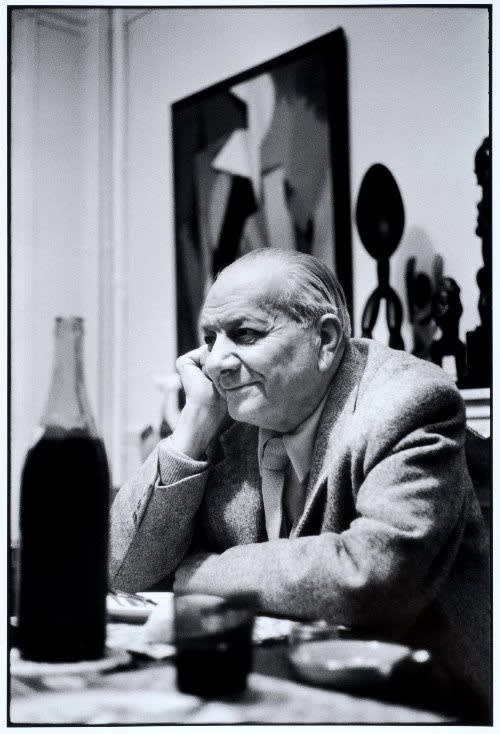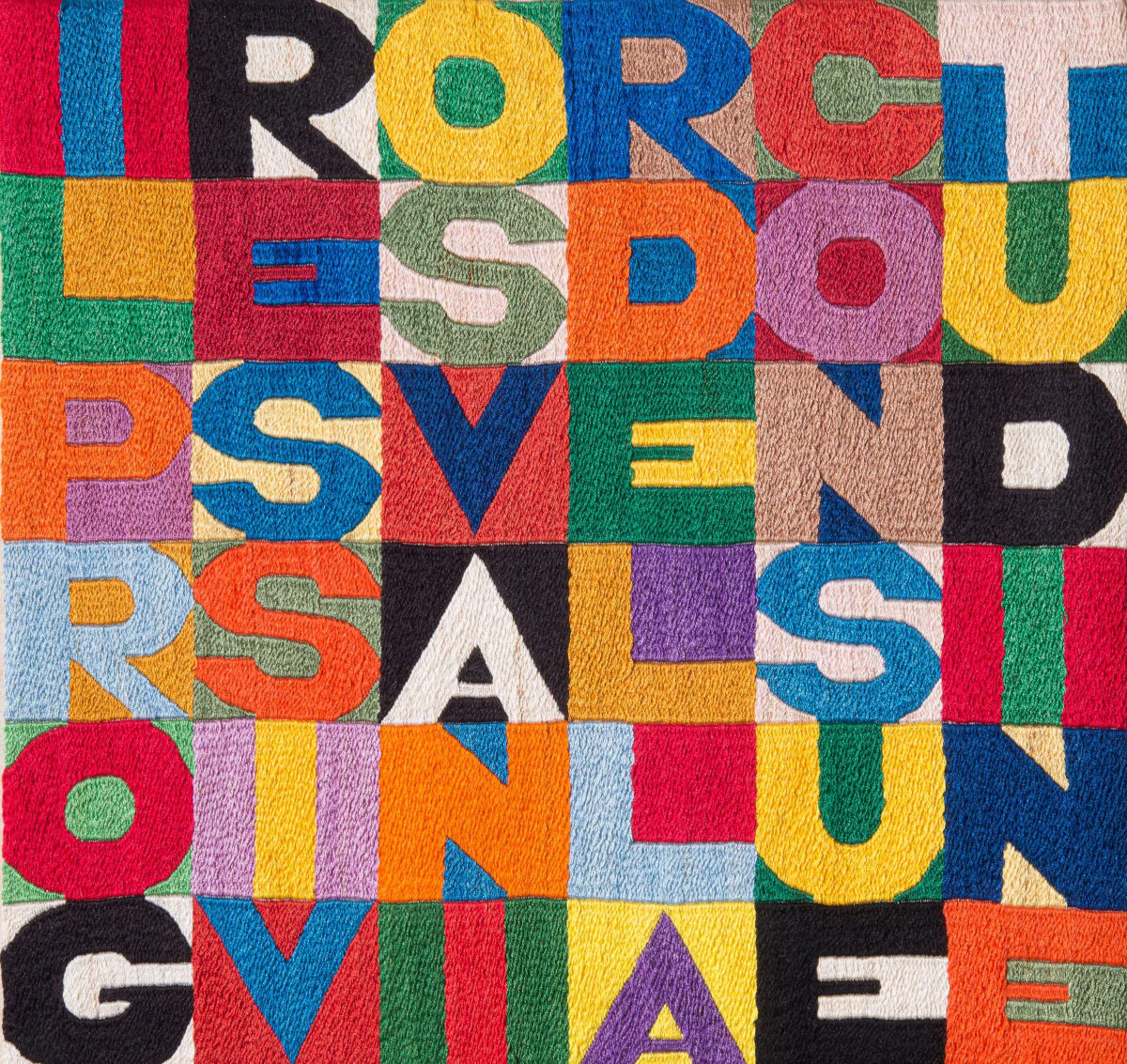Alberto Magnelli Italian, 1888-1971
Alberto Magnelli was born on July 1, 1881, in Florence, Italy.
Self-taught, he was an admirer of Renaissance artists Andrea del Castagno, Paolo Uccello, and Piero della Francesca. He was particularly interested in fresco painting, whose influence is apparent in his experimental compositions in collage, painting, and drawing. In 1911 the founder of Futurism, Filippo Tommaso Marinetti, invited him to join his artistic and social movement, but Magnelli declined. Although he exhibited with the group, he instead followed the path of abstraction, even while retaining some Futurist elements.
Early in his career, Magnelli traveled to Paris to visit fellow artists; in 1914 he bought works by Pablo Picasso, Juan Gris, Carlo Carrà, and Alexander Archipenko for his uncle, the collector Alessandro Magnelli. In this period, Magnelli’s work was primarily figurative, as in Man on a Cart (L’Homme à la charrette, 1914). The artist’s first abstract works appeared during the winter of 1914–15. He made a series of what he called “invented works,” such as Painting No. 0528 (Peinture No. 0528, 1915), characterized by bright areas of colors and elliptical patterns. In 1916 he started his military training, and upon his release began experimenting with geometric figuration, as seen in the series Lyric Explosion (Explosion lyrique, 1918). These pictures celebrate the end of the war, creatively integrating Fauvist color, the dynamism of Futurism, and the armature of Cubism. After the war, Magnelli traveled to Germany, Switzerland, France, and Austria before eventually settling in Paris in 1930. A trip the following year through the Carrara marble region in Italy inspired the series Stones (Pierres, 1931–36): haunting, Surrealistic portrayals of massive marble blocks rendered in simplified lines, an abstracted and heavy plasticity against an otherworldly background.
During World War II, the artist lived in Grasse, France, keeping company with artists Robert Delaunay and Jean Arp. Beginning in 1936, Magnelli created textural geometric collages, such as Cahiers d’Art (ca. 1937), using materials including corrugated cardboard, emery cloth, music paper, stitched wire, and metal plates. He also executed a number of paintings on schoolchildren’s wood-framed slate boards (1937–43). Many of these works were luminous geometric compositions constructed from flat areas of color and inscribed white lines (e.g., Untitled [Sans titre, 1937]), while others were inscriptions of purely geometric lines (e.g., Ardoise no. 33 [1937]). During this time, Magnelli also participated in the activities of the Abstraction–Création group with Vasily Kandinsky, Piet Mondrian, and Arp. He returned to Paris in 1944, and soon began making refined geometric works such as Diffuse Light (Lumière diffuse, 1950). In 1959 he moved to Meudon, France, where he died on April 20, 1971.
Magnelli’s first solo exhibition in the United States was at the Nierendorf Gallery, New York (1937), and he went on to have numerous exhibitions at venues including the Palais des beaux-arts, Brussels (1954); Kunsthaus Zürich and Palazzo Strozzi, Florence (1962); Musée d’art moderne de la Ville de Paris (1968); and Centre Georges Pompidou, Paris (1989). Magnelli’s work was also included in several important group exhibitions, including L’arte concreta, Galeria Il Milione, Milan (1938); Venice Biennale (1910, 1950, 1960); So Paulo Biennale (1951, 1953, 1955); and Documenta, Kassel, Germany (1955, 1959).

![Alberto Magnelli, Natura morta con bottiglie [Still Life with Bottles], 1913](https://artlogic-res.cloudinary.com/w_600,c_limit,f_auto,fl_lossy,q_auto/artlogicstorage/mlfineart/images/view/0901418c1fec41af0a90c4c77c656762j/mlfineart-matteolampertico-alberto-magnelli-natura-morta-con-bottiglie-still-life-with-bottles-1913.jpg)


